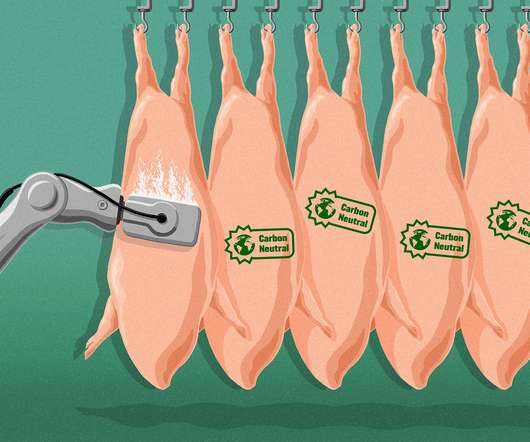Why nature risk reporting is critical to a company's bottom line
Business Green
MARCH 9, 2023
Environmental issues have occupied a central place in respondents' minds for years: they have made up most of the top five risks in nearly every survey since 2016. Every year, the World Economic Forum (WEF) asks hundreds of professionals about the biggest risks for their industries and the economy at large.














Let's personalize your content